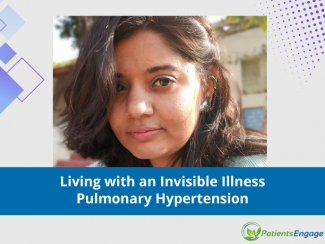
Arrhythmias can be further classified based on their rhythm or speed - Tachycardia is when the heart rate is above 100 beats per minute. Bradycardia is when the heart rate is less than 60 beats per minute.
Depending on the place of origin, arrhythmias can be classified as “Atrial, Junctional or Ventricular”.
Some of the more common abnormal heart rhythms are:
Atrial fibrillation (AF) - the most common type of serious arrhythmia, it causes fast and irregular contraction of the atria. The heart's electrical signals fail to start at the SA node and instead begin elsewhere in the atria or nearby pulmonary veins. Usually not life-threatening but can cause blood clots leading to Stroke or Heart Failure from lack of sufficient blood being pumped.
Atrial flutter - is less common than AF but is similar to it. Causes fast and regular contractions.
Atrioventricular nodal reentry tachycardia (AVNRT) - is when a small extra pathway is present around the AV node. It can cause the electrical impulse to travel in a circular pattern creating abrupt heart beats.
Heart block or atrioventricular block - This occurs when the electrical signal does not travel to the ventricles. Complete heart block means there is no communication between the upper and lower chambers of the heart. Risk factors include previous heart disease, heart attack, certain toxins, medications like digitalis and Lyme disease.
Multifocal atrial tachycardia - is when multiple sites in the atria have electrical activity causing irregular atrial rate greater than 100 beats per minute (bpm).
Paroxysmal supraventricular tachycardia (PSVT) - fast heart rate that begins and ends suddenly due to abnormal electrical connection between the atria and the ventricles. This is commonly seen in young people and is not usually dangerous. Vigorous physical activity can be a cause.
Wolff-Parkinson-White syndrome - is a life threatening type of PSVT where the electrical signals travel along an additional path causing disruption in the normal system and causing the ventricles to beat very fast.
Sick sinus syndrome - occurs when the SA node fails to initiate every heartbeat. The heart rate becomes slow and irregular. Risk factors include previous heart surgery, blood pressure medications, age over 70, or Atherosclerosis.
Ventricular fibrillation - occurs when the ventricles quiver due to unsynchronized contraction. With no blood being pumped, it can lead to sudden cardiac arrest and death. Treatment includes immediate defibrillation. Commonly occurs during or post a heart attack or when the heart is already weak because of another condition.
Ventricular tachycardia - fast, regular beating of the ventricles that may last for only a few seconds and don't cause problems. However, episodes that last for longer than a few seconds can be dangerous. Ventricular tachycardia can turn into other, more serious arrhythmias, such as V-fib.





